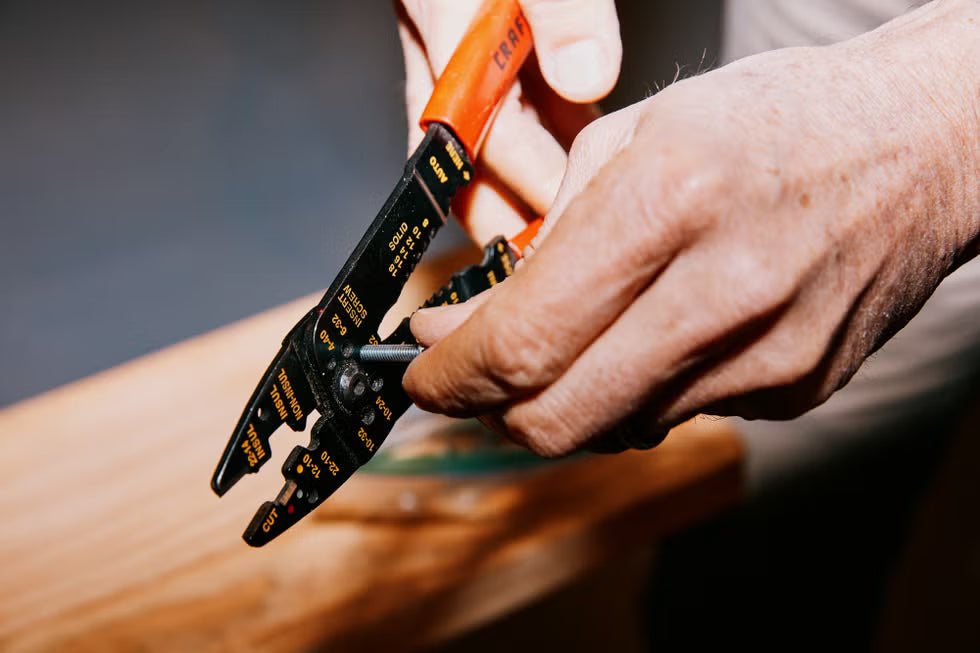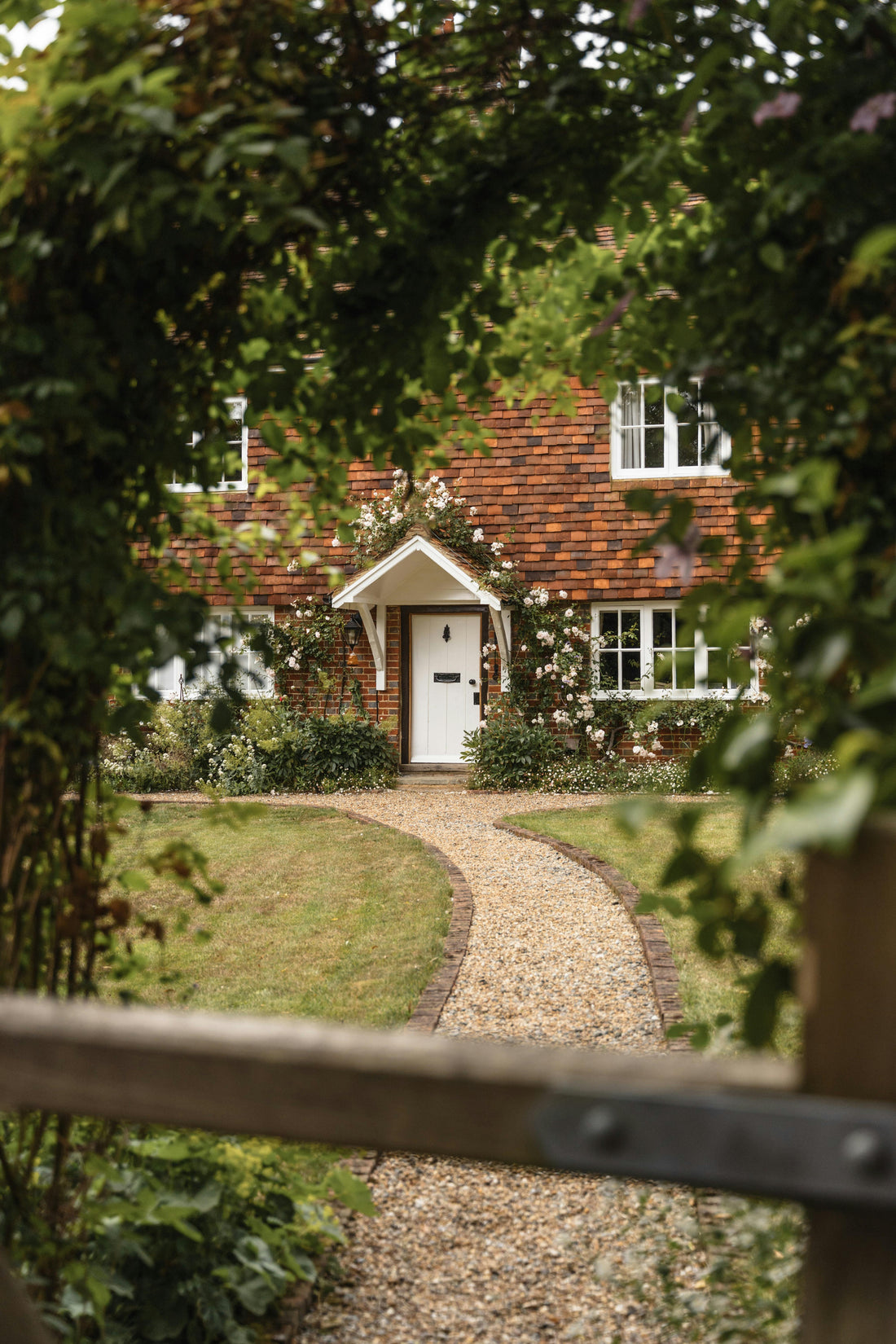




How to Keep Gravel in Place: Effective Strategies for Driveways and Walkways
Gravel surfaces—whether driveways, paths, or patios—offer a rustic charm and practical durability. However, without proper maintenance, gravel can shift, erode, or spill over edges. Fortunately, there are several effective methods to keep gravel securely in place, ensuring your outdoor spaces remain neat and functional.
1. Proper Gravel Selection
The type of gravel you choose plays a significant role in its stability. Angular gravel, such as crushed rock, interlocks more effectively than rounded gravel like pea gravel or river rock. The rough edges of angular gravel create a tighter fit, reducing movement and spreading.

2. Proper Installation Techniques
Proper installation is crucial for maintaining gravel in place:
-
Excavation: Begin by digging down into the soil to create a level surface, sloping slightly for drainage if it's a patio. A minimum depth of six inches is recommended, with ten inches being ideal for driveways on inclines.
- Base Layer: Lay a two-inch layer of larger rocks, such as #3 gravel, which helps with drainage and provides a stable foundation.
- Transition Layer: Add a one to two-inch layer of crushed rock and sand. The sand acts as a binder, and the crushed rock allows water to drain properly.
-
Top Layer: Apply a final layer of angular gravel, at least three inches thick, ensuring it's compacted firmly. For driveways, a crowned shape in the middle helps with water runoff.

3. Install Edging
Edging helps contain gravel and prevent it from spilling over:
- Plastic Edging: Inexpensive and easy to install, plastic edging provides a clean border for gravel areas.
- Bricks or Pavers: These materials offer a more durable and aesthetic solution, though they require more effort to install properly.
-
Metal or Rubber Strips: These materials are nearly invisible but effective at containing gravel, especially for straight paths and driveways.
4. Use Gravel Stabilization Grids
Gravel stabilization grids, made from durable plastic, interlock to create a honeycomb structure that holds gravel in place. These grids are particularly useful for driveways and areas with vehicular traffic, as they prevent gravel from shifting under pressure.

5. Apply Mulch Glue
Mulch glue is a landscape adhesive that can be used to hold gravel in place. It dries quickly, is permeable, and is non-toxic, making it safe for pets and children. Applying mulch glue can help prevent gravel from spreading and reduce maintenance efforts.
Maintaining gravel in place requires careful planning and the right techniques. By selecting the appropriate gravel, installing it correctly, using edging, considering stabilization grids, and applying mulch glue, you can ensure your gravel surfaces remain intact and attractive for years to come.
